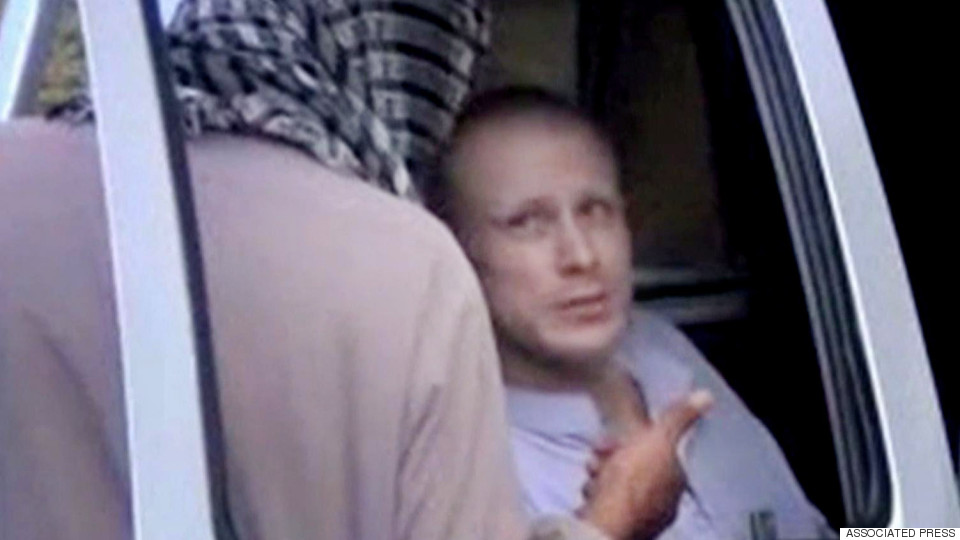

United Kingdom, the Grand Chamber of the European Court of Human Rights (ECHR) interpreted how international human rights law (IHRL) should coexist with international humanitarian law (IHL) in a way that appears to give primacy to certain elements of human rights law. Notwithstanding this, the applicability of the right to life in armed conflict is yet to be fully considered in academic literature.On September 16, 2014, in Hassan v. It is equally important that the UN, NATO, NGOs, and other governments not directly involved in the armed conflict are aware of any States’ right to life obligations. The scope and application of the right to life in armed conflict not only concerns parties to the ECHR the predominance of coalition military operations in recent years has necessitated that it is essential for all troop-contributing States to understand the legal limitations of those States bound by the ECHR. The litigation pursuant to Article 2 is also set to continue as the UK, and many other States with right to life obligations, will continue to use lethal force overseas thus the significance of the issue will remain unabated. Recent litigation has, among other things, prompted the UK government to signal an intention to derogate from Article 2, ECHR, subject to certain caveats, in future armed conflicts. The controversy surrounding the applicability of the right to life during armed conflict makes it arguably one of the most divisive and topical issues at the junction of international humanitarian law and international human rights law. This book aims to close this lacuna and address the issue of the right to life in armed conflict by identifying and analysing the applicable law, citing recent examples of State practice, and offering concrete proposals to ensure that States comply with their right to life obligations.


 0 kommentar(er)
0 kommentar(er)
